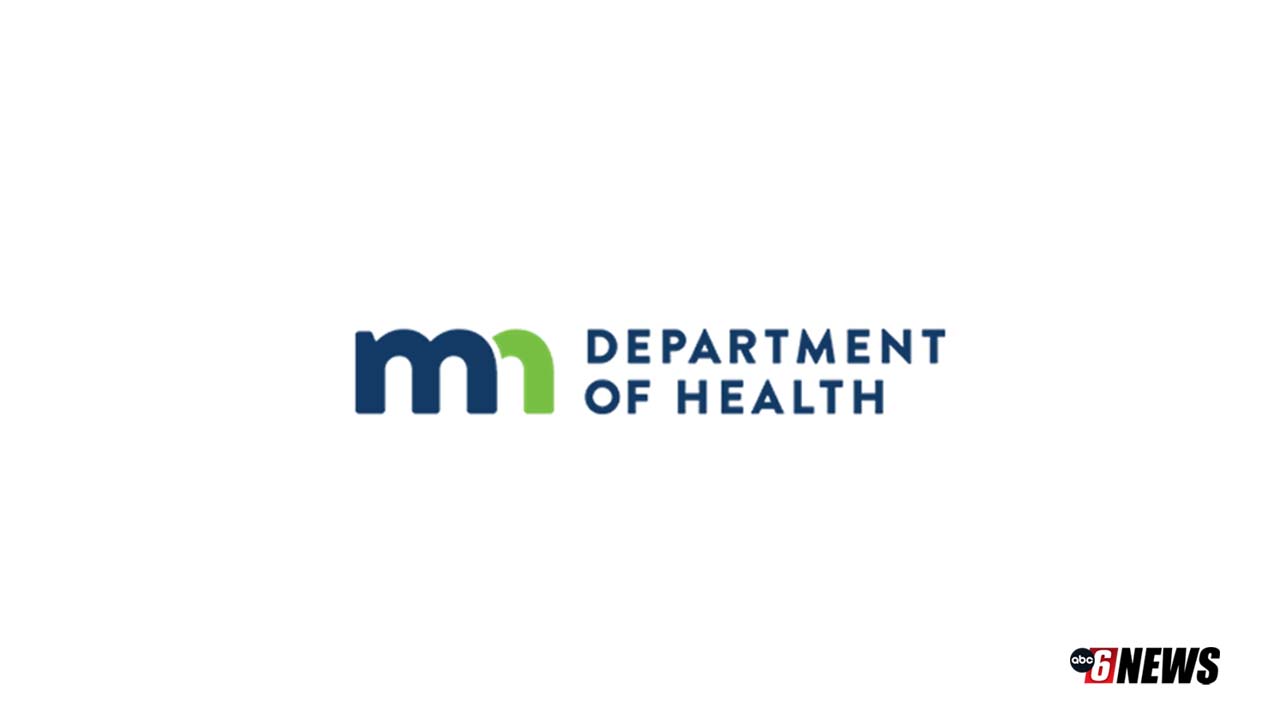Report: People who experience homelessness in Minnesota die at much higher rate

Minnesota Department of Health
(ABC 6 News) – People who experience homelessness in Minnesota die at much higher rates than the general population, according to a new report produced through a partnership between the Minnesota Department of Health (MDH) and the Hennepin Healthcare Research Institute (HHRI).
That alarming pattern holds true regardless of age, gender or race.
The Minnesota Homeless Mortality Report 2017-2021 summarizes data from the first systematic look at mortality among people experiencing homelessness who die in Minnesota. The Health, Homelessness, and Criminal Justice Lab at HHRI merged Minnesota Homeless Management Information System data on people who used homeless services from 2017 to 2021 with Minnesota state death data and Minnesota population data from 2017 to 2020 from the U.S. Census to compare sociodemographic differences and causes of death. The report and its recommendations can be found at Center of Excellence on Public Health and Homelessness.
Health officials have long observed that Minnesotans experiencing homelessness had higher rates of poor health outcomes. Minnesota Commissioner of Health Dr. Brooke Cunningham said the new report’s analysis puts the problem – and need for solutions – in sharp focus.
“This report shines a light on the tragic health impacts suffered by people experiencing homelessness in our state,” Dr. Cunningham said. “The findings give us baselines for measuring progress toward reducing health disparities and improving the social, economic, racial and other conditions that give rise to these inequitable outcomes. And in their budget, the Governor and Lt. Governor give us the resources to adequately address these disparities.”
The report comes as Governor Walz and Lieutenant Governor Flanagan outline their budget for the 2023 Legislative Session. Their budget prioritizes housing stability for all Minnesotans, which includes $1.6 billion for housing stability across the housing continuum. Their budget seeks to help those experiencing homelessness with a variety of provisions including:
- Funding to prevent youth and family homelessness, including rental assistance, downpayment assistance, and the expansion of the Homework Starts with Home program;
- Increasing emergency shelter and funding for access to affordable and transitional housing;
- Supporting Minnesotans living with addiction by establishing overdose prevention hubs and expanding access to harm reduction services for people experiencing homelessness;
- Providing access to stable housing and successful reintegration into society for Minnesotans leaving the criminal justice system; and
- Funding to make Minnesota the fourth state in the nation to end veterans’ homelessness.
More About the Report
Researchers looked at data for 93,923 people experiencing homelessness who accessed services such as shelters or transitional housing. Key findings included:
- The rate of death was three times higher for those experiencing homelessness than the general population;
- Twenty-year-olds experiencing homelessness had the same death rate as 50-year-olds in the general population;
- Mortality across each racial and ethnic group was higher for those experiencing homelessness than in the general Minnesota population; and
- American Indian people experiencing homelessness had rates of death one-and-a-half times higher than others experiencing homelessness and five times higher than the general population.
“This report is a call to action for our collective work to achieve housing, health and racial justice for people facing homelessness and ensure homelessness is treated as a crucial health crisis wherever it occurs,” said Cathy tenBroeke, assistant commissioner, Minnesota Interagency Council on Homelessness. “The Governor and Lieutenant Governor’s One Minnesota budget proposes life-saving investments in overdose prevention and housing stability to increase the amount and affordability of housing, helping to make sure housing is accessible to everyone including those with complex health conditions.”
Dr. Kate Diaz Vickery, co-director of the Health, Homelessness, and Criminal Justice Lab at HHRI, emphasized the importance of better access to housing to improve outcomes.
“We were eager to partner with the Minnesota Department of Health to build data systems to document health disparities in this group,” she said. “We especially appreciated the opportunity to partner with people with lived experience in this work. These types of collaborations are essential to our state’s ability to achieve concrete improvements in health and wellness for all, rooted in efforts to improve access to affordable, dignified housing.”
To respond to the problem, the report recommends a coordinated multisector response to homelessness that includes elevating housing as a key life-saving strategy and investing in cross-sector health and housing programs in partnership with people who have experienced homelessness.
“With this historic budget investment, we can save lives and provide the support that Minnesotans facing homelessness urgently need,” TenBroeke said.
The report was funded by a CDC Foundation grant to create a Center of Excellence on Public Health and Homelessness at MDH. The department was selected as one of three Centers of Excellence nationwide in recognition of its leadership in supporting people experiencing homelessness during the COVID-19 pandemic.